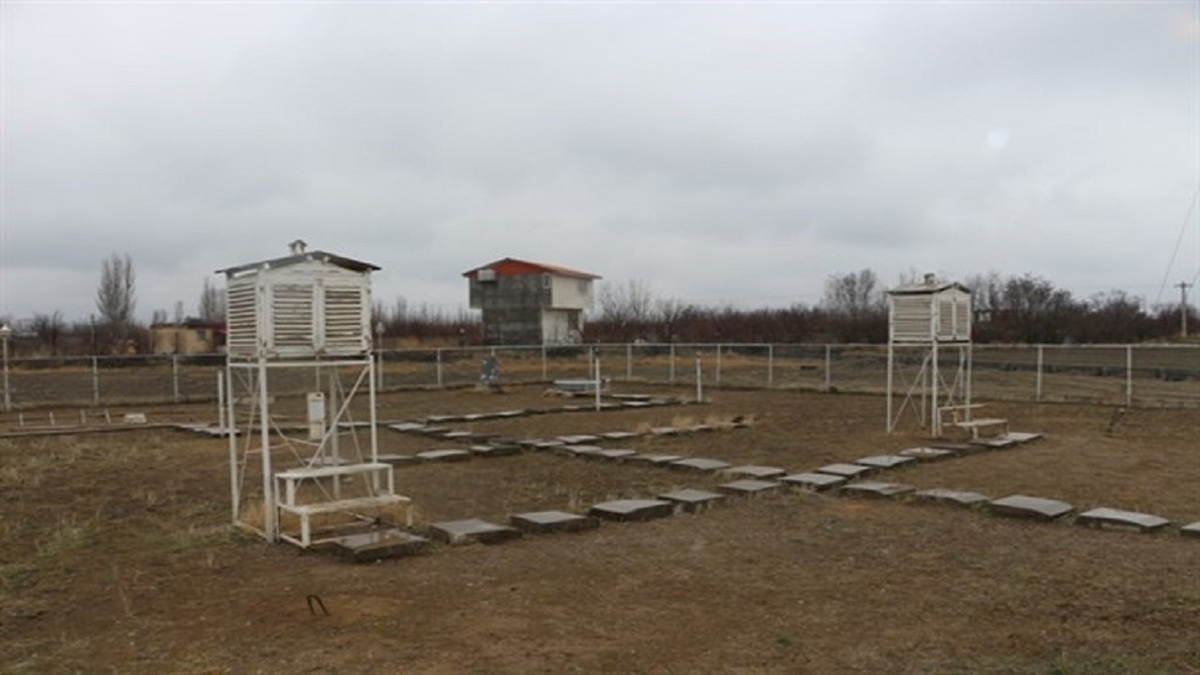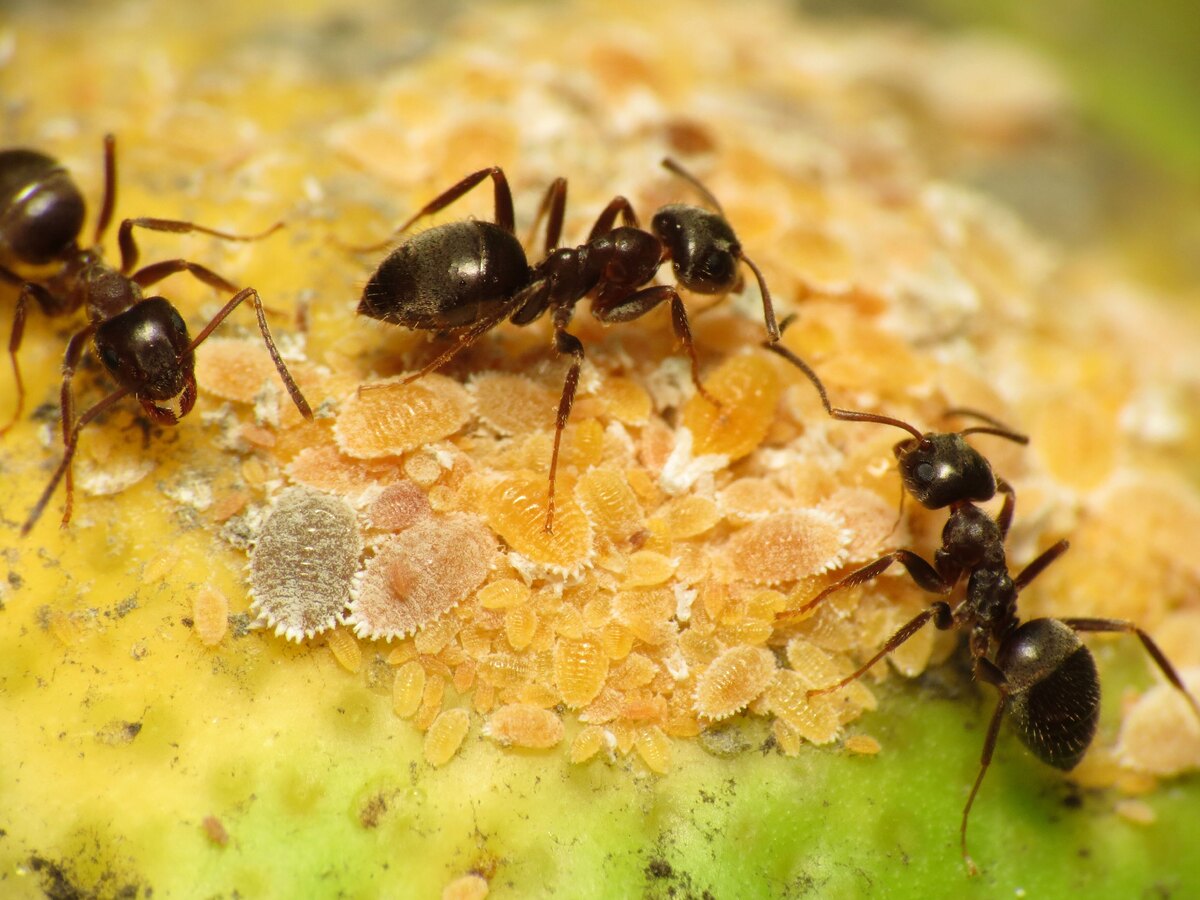FAO Urges Enhanced Anticipatory Action Ahead of Extreme Weather in Somalia

The FAO said the move will also help safeguard lives and livelihoods in Somalia ahead of the start of the upcoming Deyr rainy season in October which could affect up to 1.2 million people in Somalia. "We have the information needed to take action, and now is the time to work together as a humanitarian community to prevent another climate disaster in Somalia," said Ezana Kassa, the FAO's head of program in Somalia, in a statement issued in the capital of Mogadishu.
According to the FAO, Somalia's riverine communities are particularly at risk of flooding. It said the riverine communities face a potential loss of property and livestock, and damage to crops with around 1.5 million hectares of land at high risk of being inundated by flood waters along both the Juba and Shabelle rivers. "This threat to local livelihoods comes on the back of a historic drought that has already negatively affected food security and people's ability to cope with disasters," the FAO said.
El Nino and the Indian Ocean Dipole are climate patterns that could bring about extreme weather events globally, threatening people's lives especially those in vulnerable countries like Somalia.
Meteorological models from global and regional agencies show strong confidence in increased rainfall over the eastern parts of the Horn of Africa and other climatic changes during these weather phenomena.
"We have just three months' window to act and prevent the loss of more lives and livelihoods," Kassa said. Somalia has already witnessed a historic flooding event in the Shabelle River earlier this year, which displaced around 250,000 people.
The FAO called on all humanitarian stakeholders, government partners, and local actors to take the El Nino warnings seriously and work together to prevent loss of life and livelihoods in Somalia. This, the FAO said, includes providing early warning and education to communities about the flood risks of El Nino, pre-positioning emergency response resources, such as food, water, and shelter, and working with communities to develop contingency plans for dealing with the likely impacts of El Nino.
The UN food agency said coastal fishing communities can also be affected by El Nino, as flooding can bring storm surges and increased amounts of silt into rivers and oceans, reducing fish catches and placing fisherfolk at risk of loss of life and livelihoods.
4155/v
























